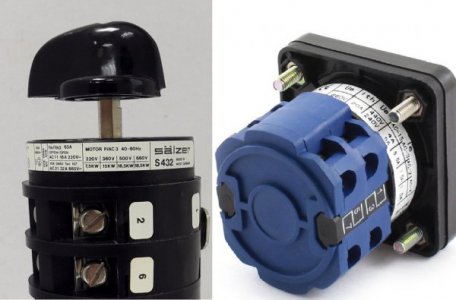It looks like everything above is correct
at 120volts 2 horsepower is roughly 6 amps draw, so thats what you'll see (or a little more) when near the optimal powerband for that device (which is where it should be geared for anyway)
30amps is likely the stall of the motor, if the motor gets anywhere near that its likely that the drum switch or something will melt down before the motor will.
you'll likely see more than the 15a rated going through that switch for a fraction of a second on startup (enough to trip a breaker) but not enough to melt something down, that said its a little bit hokey to under rate electrical components and hope the user doesn't push the device too hard.
at 120volts 2 horsepower is roughly 6 amps draw, so thats what you'll see (or a little more) when near the optimal powerband for that device (which is where it should be geared for anyway)
30amps is likely the stall of the motor, if the motor gets anywhere near that its likely that the drum switch or something will melt down before the motor will.
you'll likely see more than the 15a rated going through that switch for a fraction of a second on startup (enough to trip a breaker) but not enough to melt something down, that said its a little bit hokey to under rate electrical components and hope the user doesn't push the device too hard.


